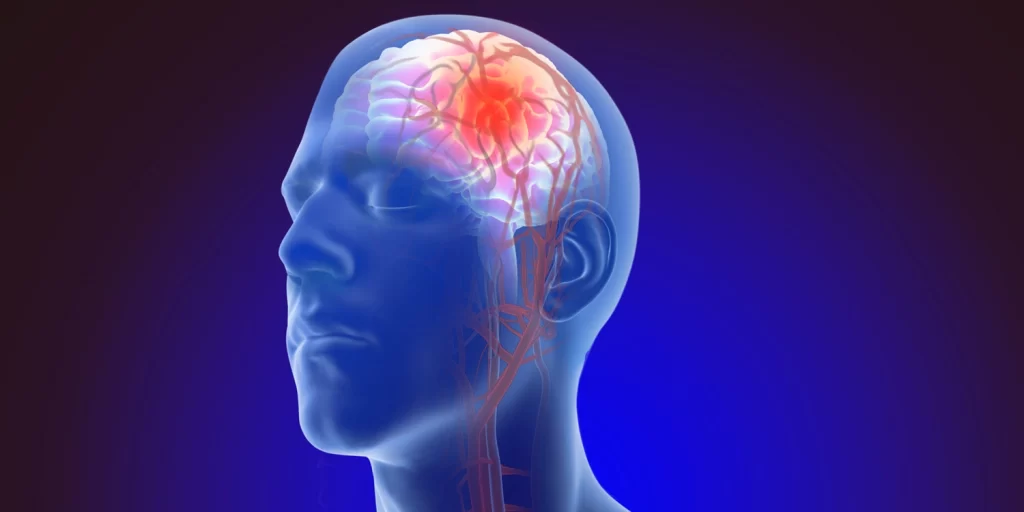
A brain aneurysm—often called a “silent threat”—is a weak spot in a blood vessel that balloons out over time. Many people live with one for years without realizing it, as unruptured aneurysms rarely cause symptoms. But when they do show the signs, acting quickly can be life-saving. At Medline Hospital, our neurology team emphasizes awareness and early intervention to prevent complications. Let’s dive to comprehend it bit by bit:
What Exactly Is a Brain Aneurysm?
Think of a brain aneurysm as a tiny blister on a blood vessel. Most stay small and stable, but if they grow or rupture, they can cause bleeding around the brain (a *subarachnoid hemorrhage*), leading to stroke, brain damage, or worse. Not all aneurysms need treatment, but some require preventive surgery to reduce rupture risks. At Medline, our specialists use advanced imaging and personalized risk assessments to decide whether monitoring or intervention is best for you.
Could You Have an Unruptured Aneurysm? Subtle Signs to Watch For
Most unruptured aneurysms are found by chance during scans for unrelated issues. But in rare cases, they *can* cause symptoms, such as:
- A drooping eyelid or sudden vision changes (blurred/double vision).
- Unexplained eye pain or pressure.
- Numbness or weakness on face sides.
- A dilated pupil in one eye.
Important note:
Chronic headaches or migraines aren’t typically linked to unruptured aneurysms. However, a sudden, explosive headache—often described as “the worst headache ever”—could signal a rupture. This is a medical emergency.
Can an Aneurysm Affect Your Mood or Behavior?
Most aneurysms sit on the brain’s surface and don’t alter behavior. However, rapid growth or unusual pressure on nearby nerves might trigger rare symptoms like irritability, mood swings, or difficulty concentrating. These changes are subtle and easily mistaken for stress or fatigue, which is why expert evaluation is key.
When to Get Checked: Risk Factors and Next Steps
Don’t brush off that nagging feeling. If you experience any of the symptoms above—or have risk factors like these—see a specialist:
Family history of aneurysms or brain hemorrhages.
Smoking (current or past), which weakens blood vessels.
High blood pressure or cholesterol, stressing artery walls.
Genetic conditions like Ehlers-Danlos syndrome, affecting connective tissues.
At Medline Hospital, we use non-invasive tools like MRI or CT angiography to detect aneurysms early. Our team then guides you through options, from lifestyle adjustments to minimally invasive procedures like coiling or clipping.
Why Choose Medline Hospital?
A brain aneurysm diagnosis can feel overwhelming, but you’re not alone. Our neurology and neurosurgery teams combine cutting-edge technology with compassionate care to tailor treatments to *your* needs. Whether monitoring a small aneurysm or planning preventive surgery, we prioritize your safety and peace of mind.
—
Don’t Wait for a Crisis
It’s easy to assume everything’s fine—until it’s not. If you’re at risk or notice unusual symptoms, reach out today. Early detection could save your life. At Medline Hospital, we’re here to answer your questions, provide clarity, and help you take control of your neurological health.
**Your brain deserves expert care. Let’s talk.**
